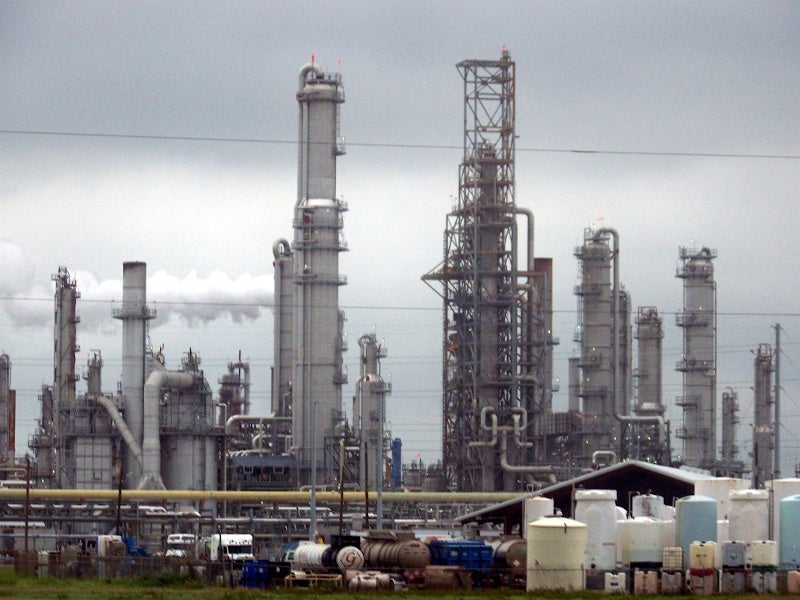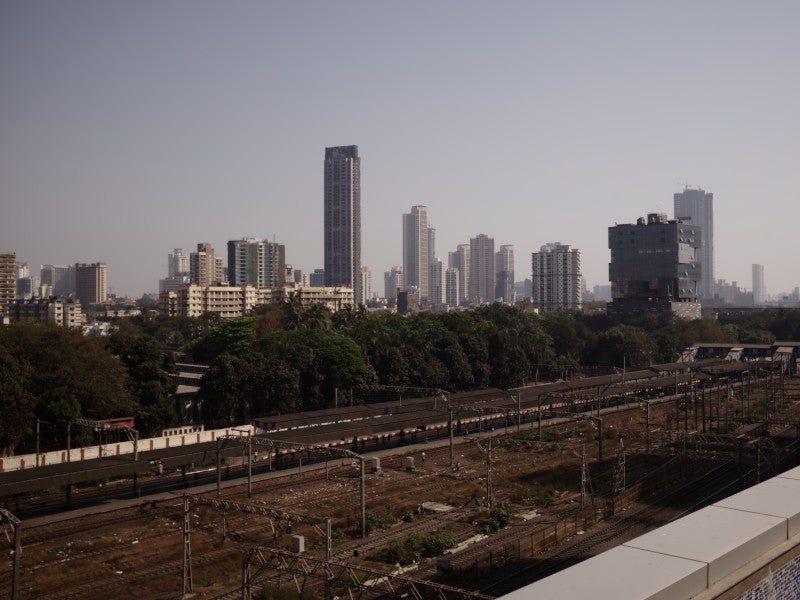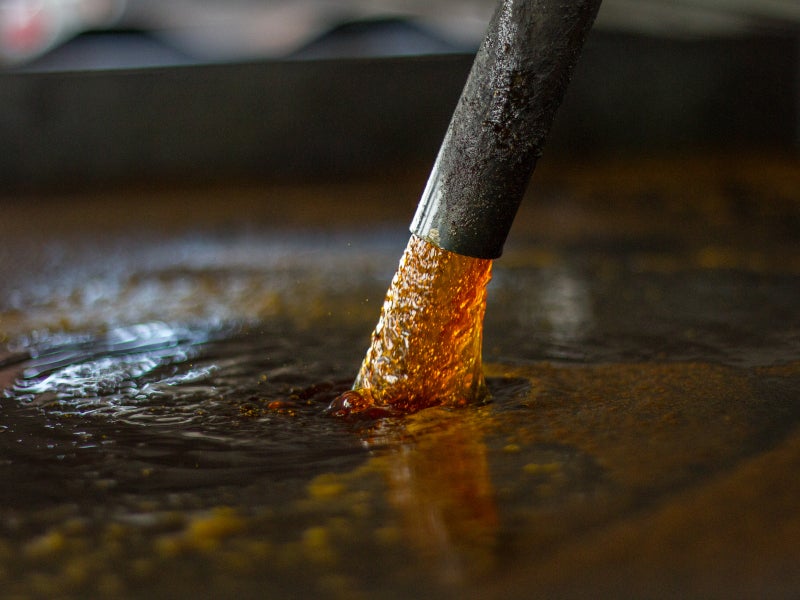The HPCL Mumbai refinery located on the western coast of India is one of the country’s most complex refineries with the highest lube production capacity.
The Mumbai refinery is a versatile and modern refinery facility comprising a fuel as well as a lube refinery. The refinery products vary from light and middle distillates to heavy distillates.
The refinery produces Euro IV grade gasoline and diesel fuel, LPG, naphtha, kerosene, and aviation turbine fuel (ATF). Its lube oil base stock production amounted to 478,000 tonnes (t) in 2019-20.
The HPCL Mumbai refinery is currently undergoing a two-phased expansion to boost its crude oil processing capacity from 7.5 million tonnes per annum (Mtpa) to 9.5Mtpa.
The expansion project was initiated in December 2017 with its completion expected by March 2021.The total capital expenditure on the expansion project is estimated to be approximately £519.71m (Rs50.6bn).
Location and site details
The Mumbai refinery is located in the south-eastern side of Mumbai in Maharashtra, approximately 25km away from the Mumbai airport. The nearest rail junction from the refinery is Lokmanya Tilak Terminus.
HPCL Mumbai refinery history
The HPCL Mumbai refinery was built in compliance with BSI (Bharat Stage Emission Standards), a Government of India regulated emission standard.
It was commissioned by ExxonMobil’s Esso in 1954 and was later taken over by the Government of India after the formation of the state-owned Hindustan Petroleum (HPCL) through the merger of Esso and Lube India in 1974.
The Mumbai refinery houses the whole range of processing units for fractionation, conversion, treating, as well as the blending of petroleum products.
It has been installed with automated oil movement and storage (OM&S) system to move feeds and products automatically. The facilities at the refinery have been modernised to produce green fuels such as unleaded petrol and low sulphur diesel.
Processing infrastructure
The HPCL Mumbai refinery has two trains of primary crude distillation units (CDU) and secondary facilities including fluidised catalytic cracking units (FCCUs), diesel hydro desulfurisation units (DHDS), naphtha hydrotreating (NHT), isomerisation (ISOM), and catalytic reforming (CCR) units, along with the lube oil base stock (LOBS) production facilities and associated treating and utility facilities.
The diesel hydro treater (DHT) at the refinery was commissioned in 2014.It comprises diesel hydrotreating unit, sulphur recovery unit (SRU), amine regeneration unit (ARU), a sour water stripper unit (SWS).
Phase I expansion details
The phase one capacity expansion programme included the revamp of the crude distillation unit to 6Mtpa capacity. It also involved the installation of a new vacuum distillation unit (VDU) for processing the reduced crude oil (RCO).
The expansion also included the upgrade of motor spirit (MS) block units and DHDT units for co-processing of diesel and vacuum gasoil.
A new hydrogen generation unit (HGU) of 65 thousand tonnes per annum (Ktpa) capacity was also constructed under the phase one of the expansion project.
The MR II tankage facilities at Calico land of refinery site were used for construction of a new tank farm.
The phase one expansion project allows the refinery to produce BS VI grade high speed diesel (HSD) and gasoline.
Phase II expansion
The phase two of the expansion project will focus on improving the refinery’s profitability by upgrading hydrogen based bottoms upgradation facilities.
The secondary processing units such as CCUs and DHDS/DHT units will be saturated while targeting zero fuel oil production and zero naphtha export from the refinery.
Contractors involved
Engineers India (EIL) was awarded a contract for carrying out the detailed feasibility study for the phase II expansion project. EIL was also appointed as the project management consultant (PMC) cum engineering, procurement, construction, and management (EPCM) consultant for the project.
M/s Bridge & Roof (B&R) was awarded the contract for carrying out civil, structural and underground piping works in November 2017.





